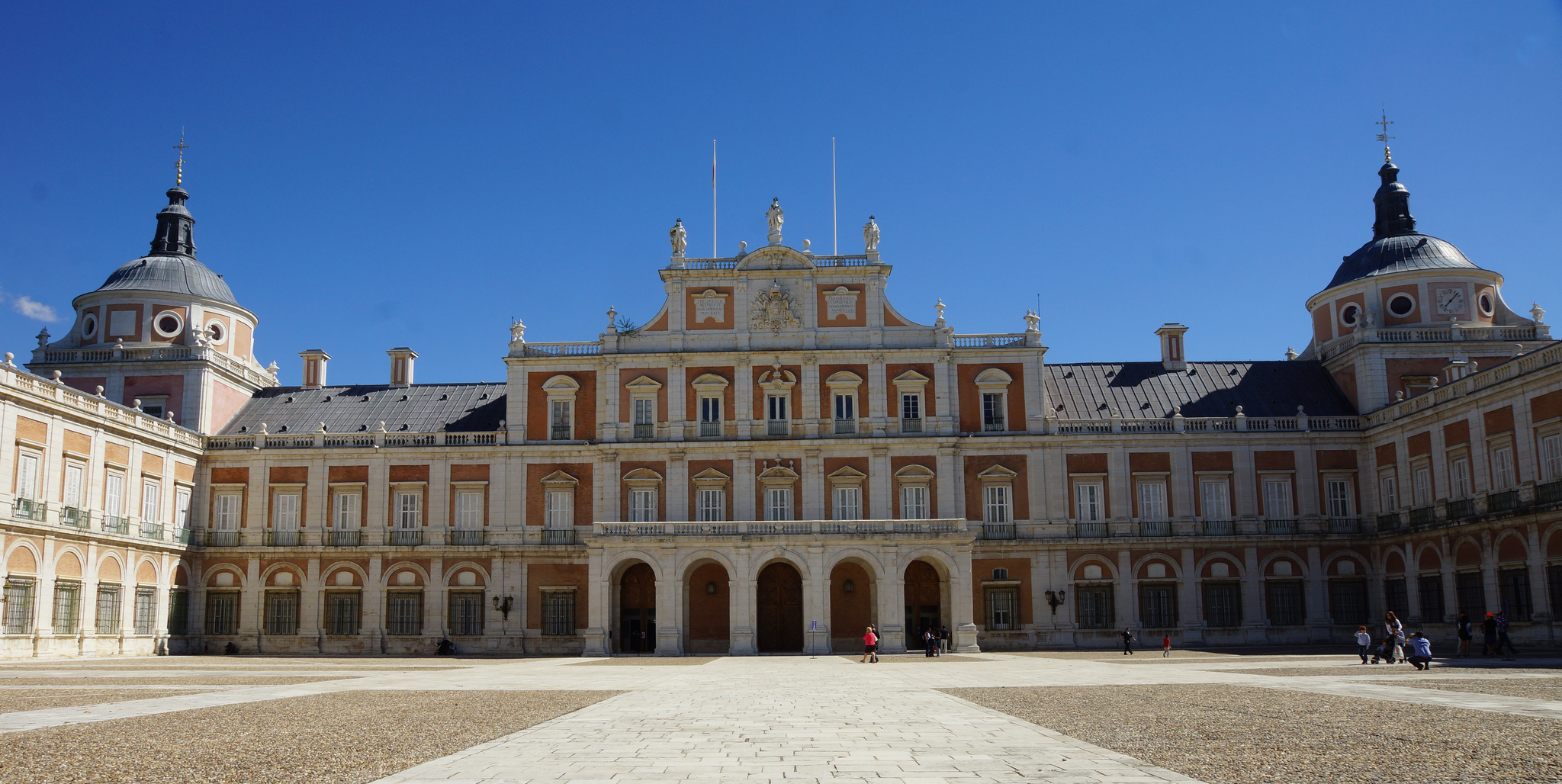If you plan to visit Madrid in the near future, you should really try to check out some of the surrounding towns and villages while you are there, including Aranjuez. Aranjuez is a town and municipality situated roughly 48 kilometers south of the Spanish capital in the southern part of the Autonomous Community of Madrid. The town, with a population of approximately 55,000, is located at the confluence of the Tagus and Jarama Rivers, some 48 kilometers from the city of Toledo, making it a very fertile land in which to grow the town’s two most popular crops: strawberries and asparagus. It is one of the Royal Estates of the Crown of Spain, and has been so since 1560, when King Philip II of Spain made it official
How the town of Aranjuez originally got its name is not entirely clear, although there are several theories. The most widely accepted deduction is that it comes from the Basque language, deriving from the word arantza, or “hawthorn” in English. Other theorists speculate it derives from the Latin “Ara Jovis” or “Ara Iovia,” meaning Jupiter’s altar, however currently the pre-Roman theory is preferred.
The area that is now Aranjuez was first acquired by the Order of Santiago in 1178. Ferdinand and Isabella, the Catholic monarchs, converted Aranjuez into a royal site—a site that has served as the springtime residence for many Kings of Spain since the late 19th century.
During the latter half of the 16th century and the reign of King Philip II of Spain, the royal palace was constructed in Aranjuez, designed by the architects Juan Bautista de Toledo and Juan de Herrera. Some 200 years later, during the reign of Ferdinand VI, Aranjuez became a city—a city where previously only relatives of the monarch were permitted to live. In 1808, following a citywide revolt, Charles IV of Spain was forced to abdicate in favor of his son Ferdinand VII of Spain.
In 1851, Aranjuez finally became a stop on the railway line from Madrid, served by the so-called Strawberry Train. This was the second railway line in Spain, after the Barcelona to Mataro line, completed in 1848.
Although a very small town compared to nearby Madrid and Toledo, Aranjuez was made famous throughout the world when one of its residents, Joaquin Rodrigo, composed the Concierto de Aranjuez.
Aranjuez offers a number of interesting sites and attractions for tourists. It was declared Conjunto Historico-Artistico (Historic Artistic Junction in 1983 and in 2001 it was listed by UNESCO as a World Heritage Site.
Many of the important sites in Aranjuez are located in the Plaza San Antonio, popularly known as Mariblanca (White Sea). The plaza is so named either for the sea of white sand that graces this area or for the female statue of Venus that sits atop the square’s fountain, sculpted by Juan Reyna in 1762. A former parade ground, Mariblanca is home to the Church of San Antonio, adjacent to the Royal Palace; the Casa de Oficios, or Officer Quarters; the Juzgardo, the town’s courthouse; and the Casa de las Infantas, built by Charles II of Spain for Gabriel y Antonio, which now serves as the local tourism office. Other important sites worth visiting in Aranjuez include the Pleasure Craft Museum, Farmhand’s House, Alpajes Church, Saint Pascual’s Royal Covent and the Plaza de Toros and Bullfighting Museum, together known as the “Una Gran Fiesta.”
Finally, if nature and natural beauty is what you seek, Aranjuez, with its abundance of parks and gardens, offers many beautiful and colorful sites to explore. These include the Isle Garden, Panterre Garden, Prince’s Garden, Isabella II’s Garden, the Historical Thickets and Woodlands and the Center of Interpretation of the Natural Reserve, locally known as El Regajal-mar de Ontigola.



